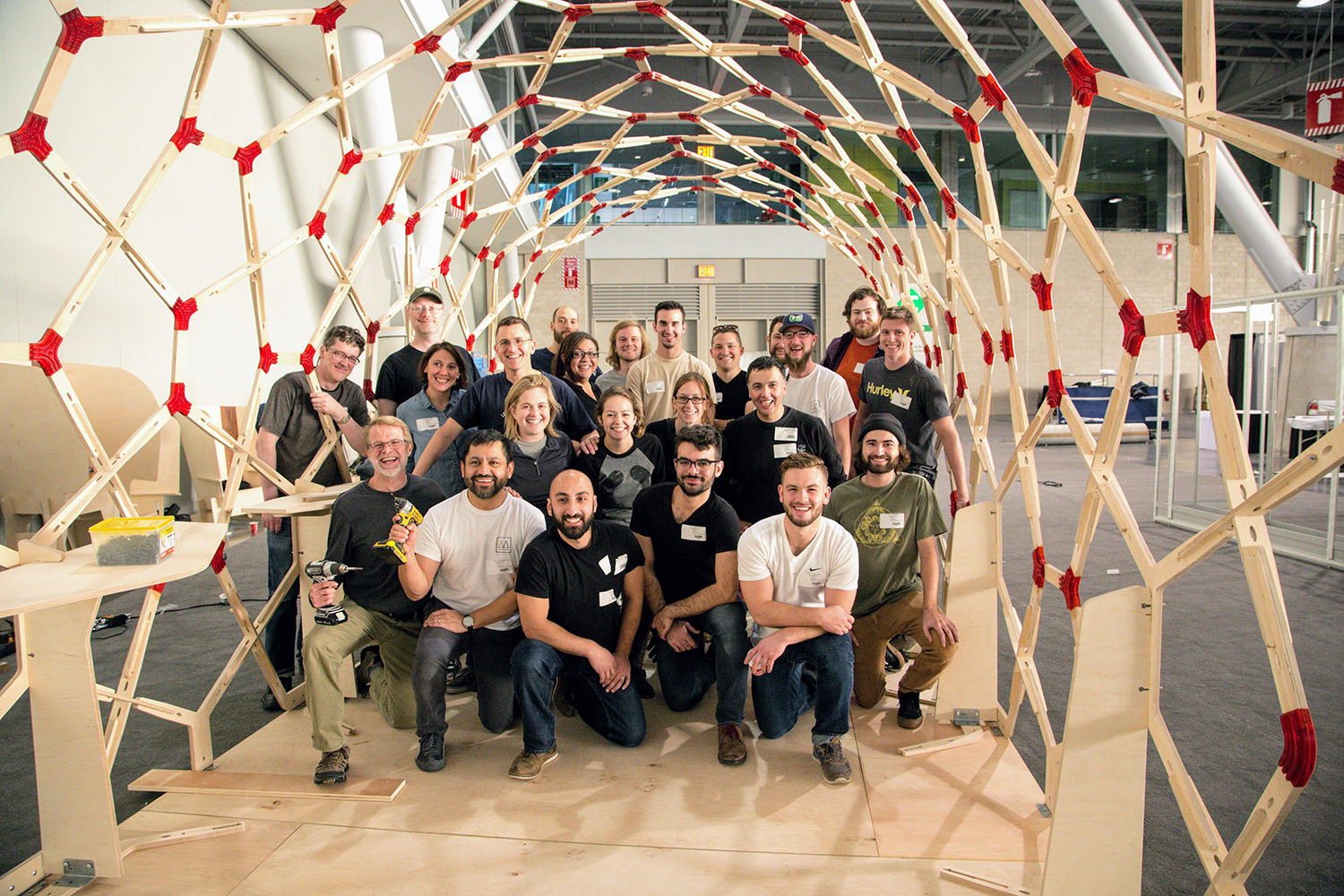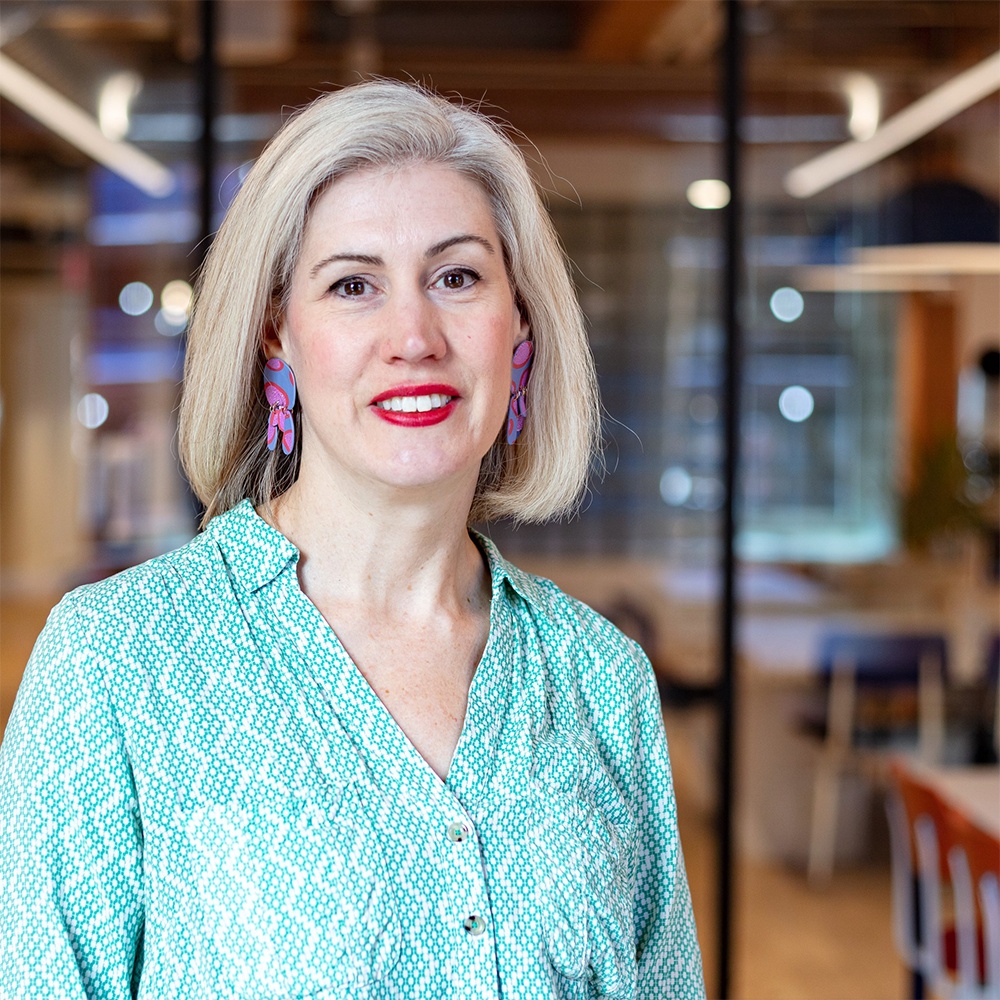Bradford J. Prestbo FAIA
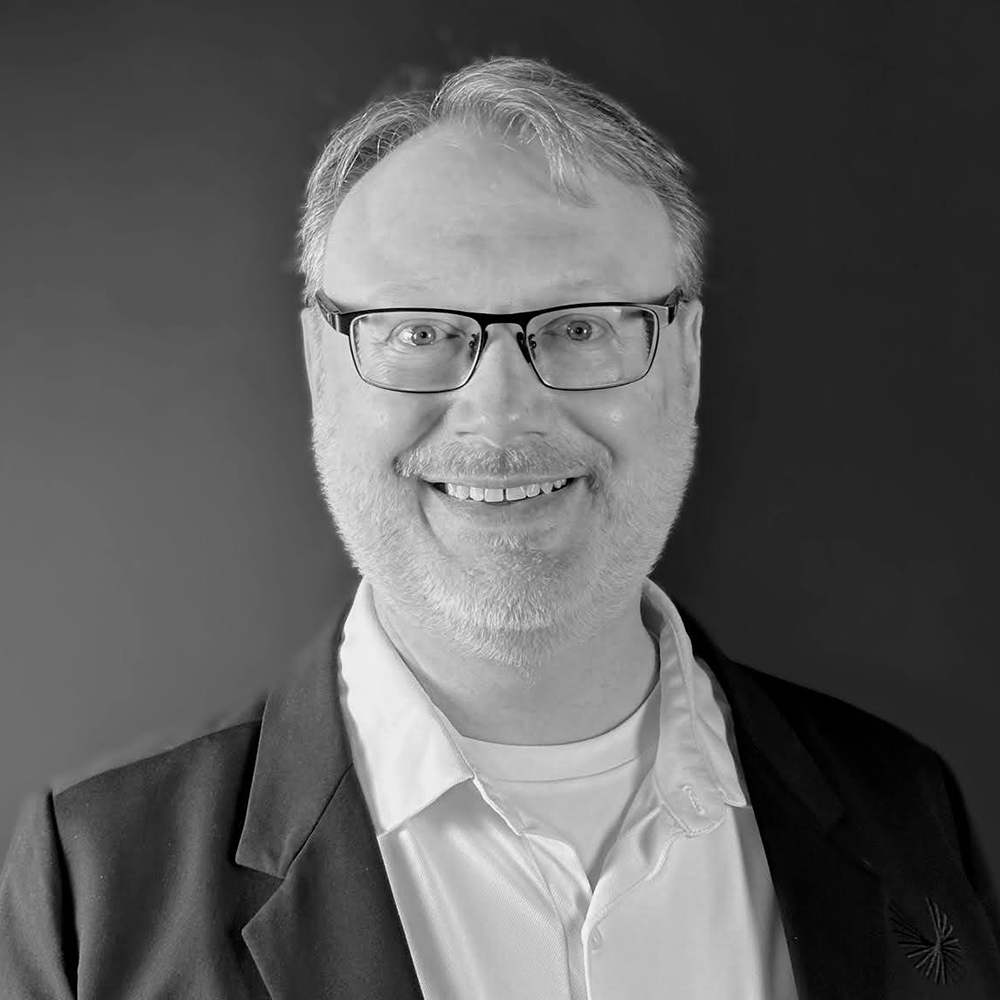
Principal and Boston Office Director, Studio NYL
Professional or personal website:
studionyl.com and linkedin.com/in/bradford-j-prestbo-faia-98660012/
Degree(s):
Bachelor of Architecture, Syracuse University School of Architecture
Professional interests:
The intersection of high-performance design, the integration of technology into architectural practice, and the infusion of maker culture into the design process.
BSA involvement:
Founder and National Director of the BSA’s MakeTANK Knowledge Community
Who do you think is the most underappreciated architect and why?
I feel that all architects are underappreciated in our society. In some corners of the A/E/C (architecture, engineering, and construction) world, we are seen as an obstacle—a necessary evil, if you will—that you have to navigate to check off a box and obtain a building permit.
Folks outside the A/E/C space often fail to understand and appreciate architecture in the way they do other things, like consumer electronic products. The overall impact of design and architecture—from gross domestic product to operational carbon emissions—is immense, no matter which metric you choose. Unfortunately, architecture is often viewed as a commodity rather than something of intrinsic value and basic need.
Has your career taken you anywhere you didn’t expect?
For the first 25 years of my career, I followed a conventional path. During that time, I began to specialize in design tectonics, with a particular focus on one of the most challenging building systems: the exterior enclosure. In 2022, I joined Studio NYL, an enclosure design and structural engineering consultancy solely dedicated to realizing aspirational designs, providing insight on how the enclosure can be made in a cost-effective way to be realized (i.e., for projects to have an impact and achieve their aspirations, they must be built) because anyone can generate a rendering, but renderings don’t count.
I am incredibly excited to lead our dedicated Boston office.
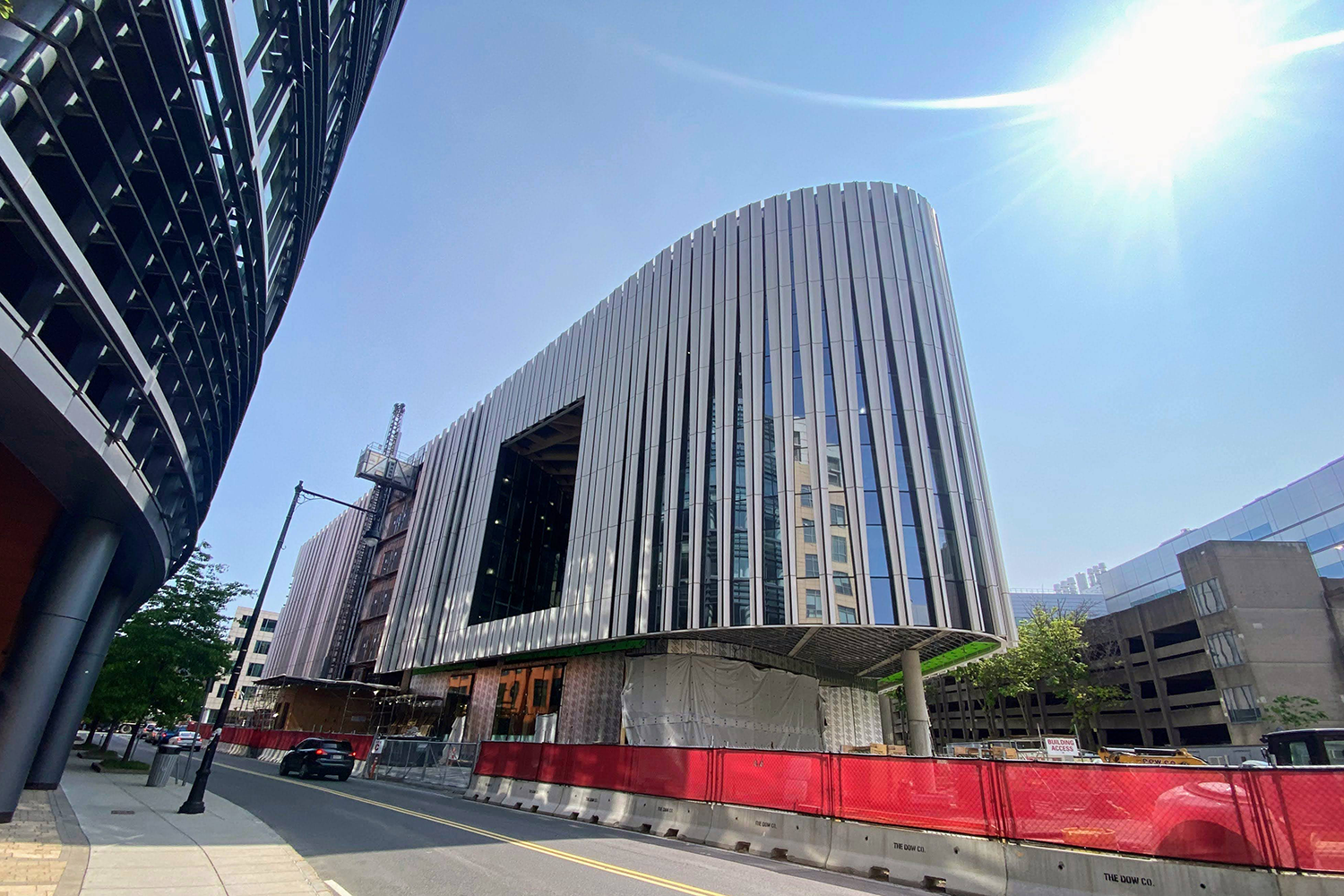
What do you hope to contribute from your work?
A lasting contribution that I hope to have is helping others find success and realize what is possible to achieve. In both school and the profession as a whole, there tends to be a significant emphasis on the myth of the singular designer who creates the design vision entirely by themselves. As we know, it takes a large and diverse team to deliver a project successfully. Unfortunately, this myth has resulted in growth in the industry often fitting that singular mold. This can be detrimental to the profession, particularly for those who don’t follow the conventional designer track, as they may struggle to see a path to leadership due to the lack of representation for non-design leaders. With my career, it is my hope that individuals see what I have been able to achieve and consider my experiences as a foundation for their own journey toward greater success.

What policy from another city sets an example you think Boston could successfully follow?
To the contrary, I believe other cities should look to Boston as an example. In both policy and commitment, Boston leads. For context, the planet recently experienced its hottest day on record. However, I am optimistic about our future because of all the work that our local industry has done to effect change in the way we design, most notably in the revised Stretch Code, which was updated this year. The update added a third energy code, a specialized municipal opt-in stretch energy code, “to ensure new construction that is consistent with Massachusetts greenhouse gas limits.”
When I joined the Boston architectural scene in 1997 after graduation, I quickly realized that I was part of something much larger than a profession simply delivering building designs. The Boston architectural scene leads in architecture and high-performance buildings in the following areas:
• Our institutions of higher learning and robust economy
• Addressing challenging environmental climate issues
• Architectural design and tectonics
• Façade design and building science
• Programs such as Mass Save and the revised Stretch Code
• Sharing our knowledge with each other—through conferences such as Facades+ and BSA Knowledge Communities, where we can mentor future leaders
Boston leads because WE. GIVE. A. DAMN.
And because Boston exports so much architecture across the country and world, we have an outsized impact on the built environment. So, as Boston leads, the world follows.
What is the greatest potential for architecture to shape a neighborhood community?
From my perspective, two ingredients are needed to create a neighborhood community. The first, and perhaps the most important ingredient, is the will of the people. A group of individuals with a shared goal can be nearly unstoppable in their pursuit of something greater. The second ingredient is some form of shelter—from a nomadic tribe’s yurt, evolving into longhouses, and ultimately into large-scale cities. Architecture can serve as a catalyst, amplifying the people’s determination to build a community.
In the Boston metropolitan area, two examples come to mind: Five Fields in Lexington and Simmons Hall on Massachusetts Institute of Technology’s (MIT’s) campus. Five Fields is a neighborhood created by Walter Gropius and The Architects Collaborative, offering inexpensive midcentury Modern housing at the time. Over its long history, residents have come and gone, but the sense of community endures. Simmons Hall encapsulates an entire town within one building, providing a range of experiences and neighborhoods. The residents have even established their own system of governance.
Who do you most enjoy partnering with on a project?
I greatly enjoy collaborating with individuals who are highly motivated and deeply passionate about their work. Driven individuals tend to achieve success because their unwavering determination and commitment lead them to take purposeful actions and make decisions that contribute significantly to the realization of their goals. Their genuine enthusiasm, or the pride they take in their work, represents a profound sense of satisfaction, fulfillment, and personal investment in the tasks or projects they undertake.
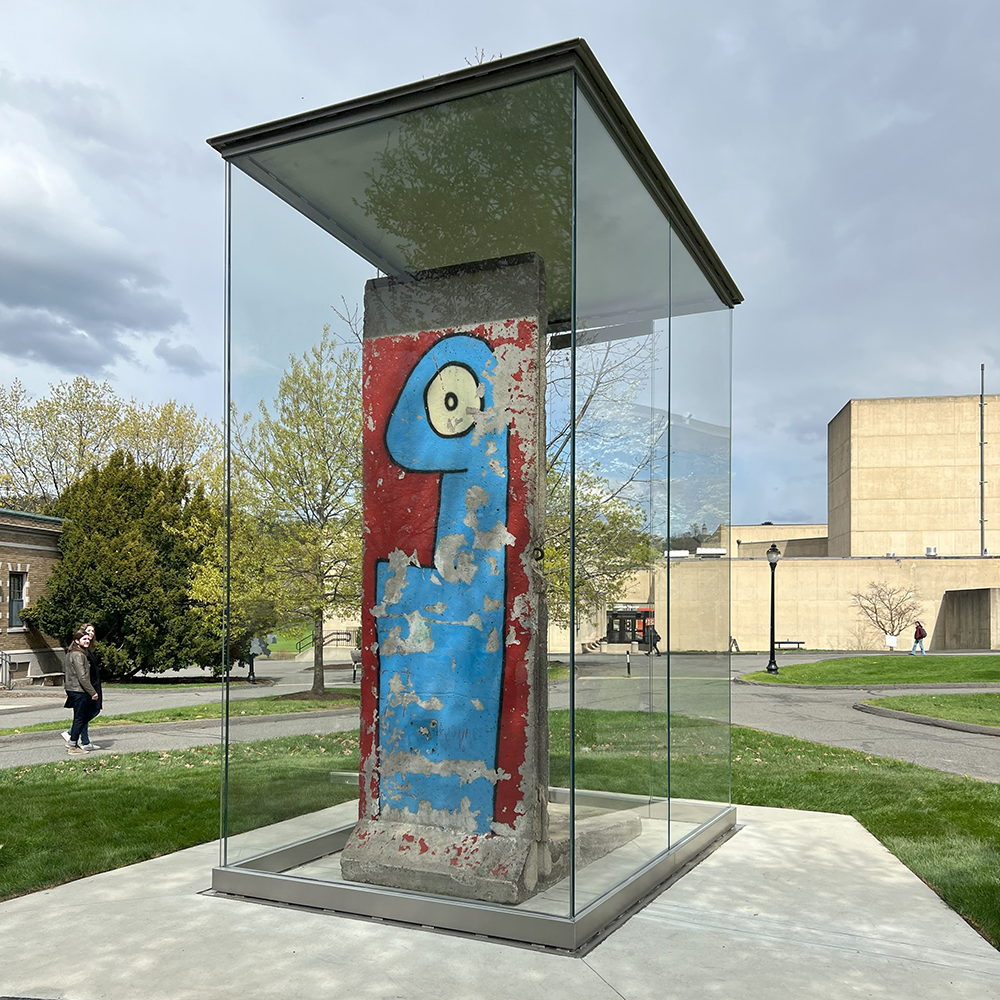
Where do you find inspiration?
For me, inspiration stems from “Acts of Service” and a guiding principle of how to position “X” in the best possible way to find success. “X” is a variable, and you can substitute people, processes, materials, or whatever you like. I find design inspiration in caring about everything and everyone involved—from the craftspeople and the processes they use to build, to the materials they use and how they are applied. It can be overwhelming at times, but the results speak for themselves.
Have you had a memorable experience while working on a BSA initiative that you would like to share?
After enduring years of frustration with the conventional design-detail-build paradigm within our industry, I and others recommended a significant industry shift toward investing in fabrication and prototyping. These approaches aimed to not only rekindle the essence of craftsmanship in construction but also veer away from traditional design methodologies. In essence, our proposal was to shift the focus toward experiential learning and designing through hands-on creation.
In 2016, I presented a proposal to the BSA, suggesting the establishment of a new Knowledge Community dedicated to integrating maker culture into the design process. Thus, MakeTANK was born, and shortly thereafter, a sister group, MKR|MGR, emerged. Both groups have continued to thrive, with MakeTANK now under its third generation of leadership.
